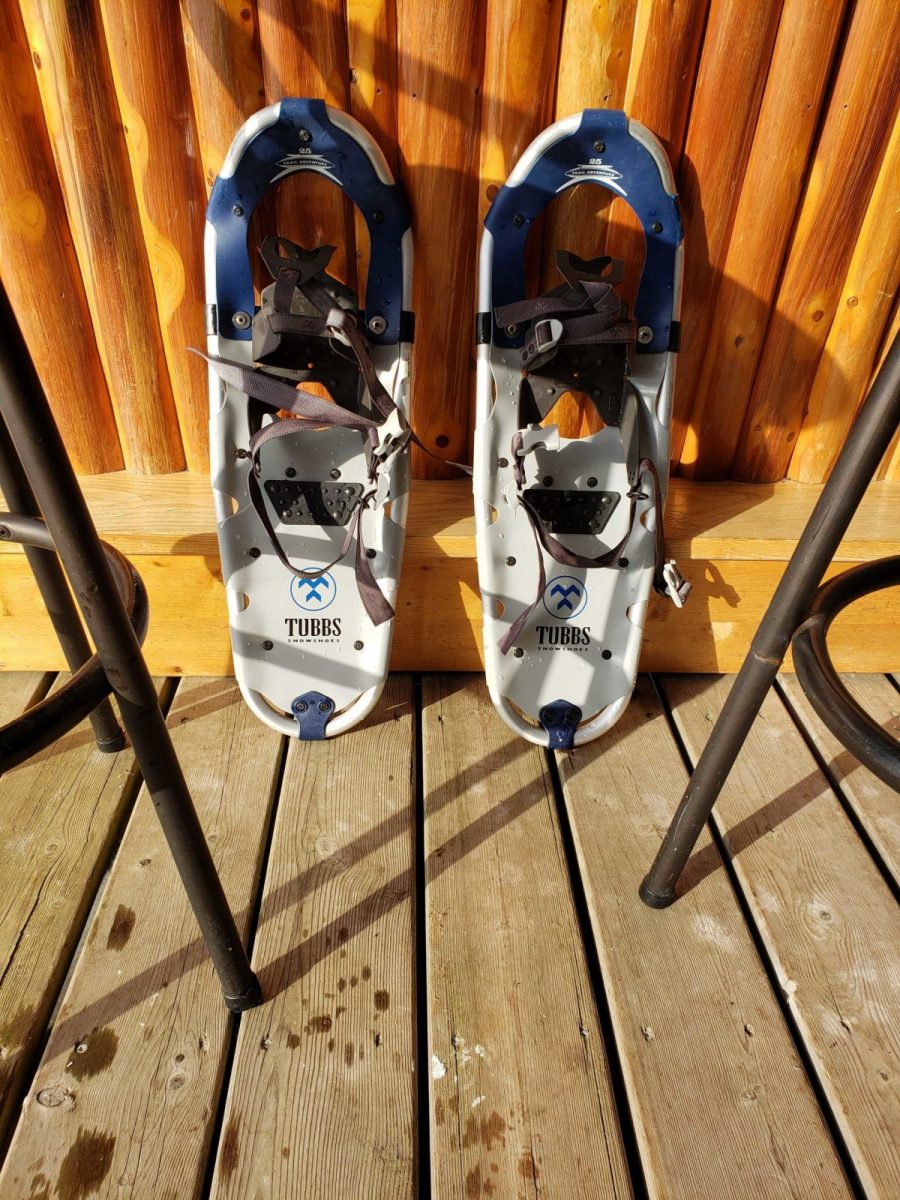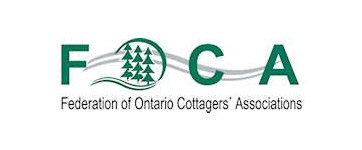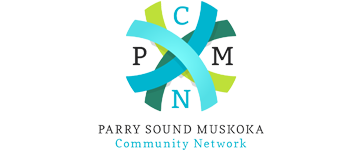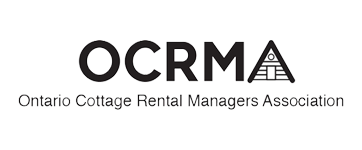If you are planning on a trip out to cottage country this winter, you’ll no doubt want to get out into the white stuff to do some exploring – perhaps on a local trail or across a frozen lake. Regular snow boots will work as long as you don’t mind the challenge of sinking deep into the snow on every step. That can be pretty exhausting and it’s where a good pair of snow shoes can make a world of difference to the experience.

If you’ve never been snowshoeing before there’s a lot of choice in terms of style, price and activity choice. If you only want to try it out and do some general flat ground hiking, the more inexpensive brands from Costco or Canadian Tire could be all you need, however there are models available for technical hiking and backpacking, climbing and even running. For those purposes you should go to your nearest adventure sports store where you’ll find a wall of snow shoes and expert assistance.
If you are in the beginner bracket, here’s 5 tips to help you get out in the snow and have a fantastic experience.
Even if you are looking for a beginner snowshoe and want to keep the cost down it’s useful to have a little knowledge on what to look for.
Weight
Your weight has quite a bearing on the snowshoes you choose and this also depends on the conditions you will encounter. If you are likely to to be snowshoeing on a few inches of freshly fallen snow or powder the weight on the snowshoes isn’t as important as it would be on 2 feet of soft snow that you’d be likely to sink into deeply.
TIP: Look for snowshoes that show a weight recommendation and make sure you add in the additional weight of clothes and boots.
Fit
Snowshoes come in various lengths (usually measured in inches) and some manufacturers will show a shoe size range.
TIP: Snowshoe Mag suggests that if there is a mismatch between the weight recommendation and shoe size (i.e., weight recommendation is correct but the length/ shoe size is too large or small), go with shoe size. It’s always best that the snowshoe fits your foot first and foremost.
Footwear & Accessories
You don’t need specialized footwear – a good pair of snow boots or waterproof hiking boots will be just fine. Make sure you have some thermal socks to keep your toes toasty!
A pair of walking poles will come in very handy as they help you maintain balance and provide support.
TIP: If you decide on poles make sure they are adjusted correctly. They should be a comfortable length when your elbows are at a right angle against your body when holding them.
Where to snowshoe
Choosing a snowshoe trail is much the same as hiking – go for a marked trail rather than heading out into the backwoods. It’s super-easy to get lost particularly if it’s snowing and your prints are getting covered up as quickly as you make them.
Most provincial parks that are open in winter have marked snowshoe trails and you’ll often find that cross-country ski areas have designated trails for snowshoeing too.
When you are in a cottage on a frozen lake covered in snow it will be tempting to just walk out from there. Before you do, check with the owner or property manager that it is safe to do so. Even if you see snowmobiles on the lake, areas around shorelines can be unsafe particularly if there is moving water nearby. Never assume a body of water is thoroughly frozen even if there is snow on top of it.
TIP: Wherever you go, make sure you have told someone the trail you intend to take and the time of your departure. If you are in a car at a provincial park with numerous trails, leave a note on the windscreen with information on how many are in your group and the name of the trail. If the weather closes in, or you get lost, a few minutes of your time doing this will save a rescue team lots of time. Bonus tip: make sure your phone is charged before heading out.
Rent Before You Buy
While snowshoes aren’t super-expensive if you might only use them once or twice on a cottage rental trip you could just rent a pair. Search for snowshoe rental online and you’ll come across outlets where you can try before you buy.
TIP: Some provincial parks offer rentals too so check their websites first.






